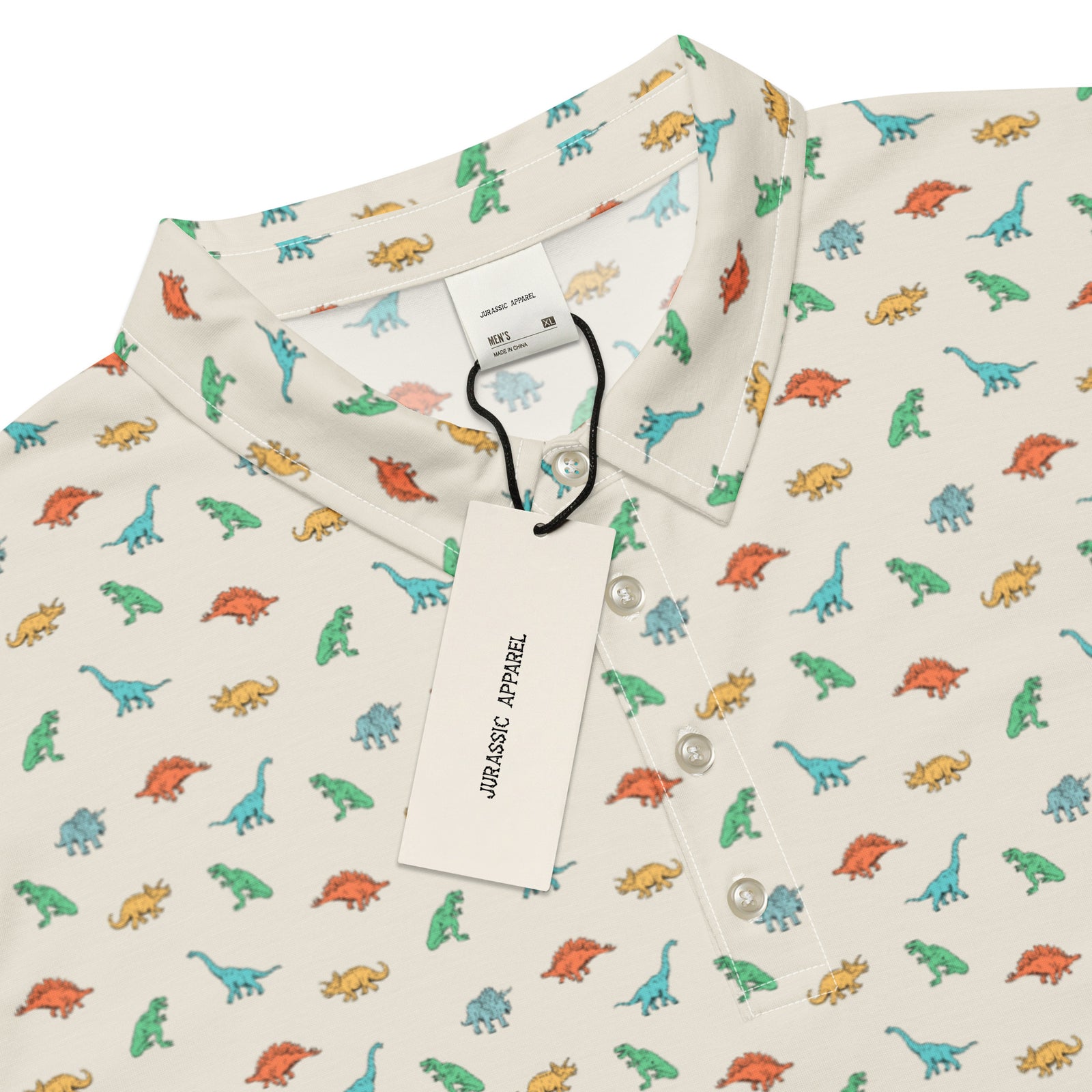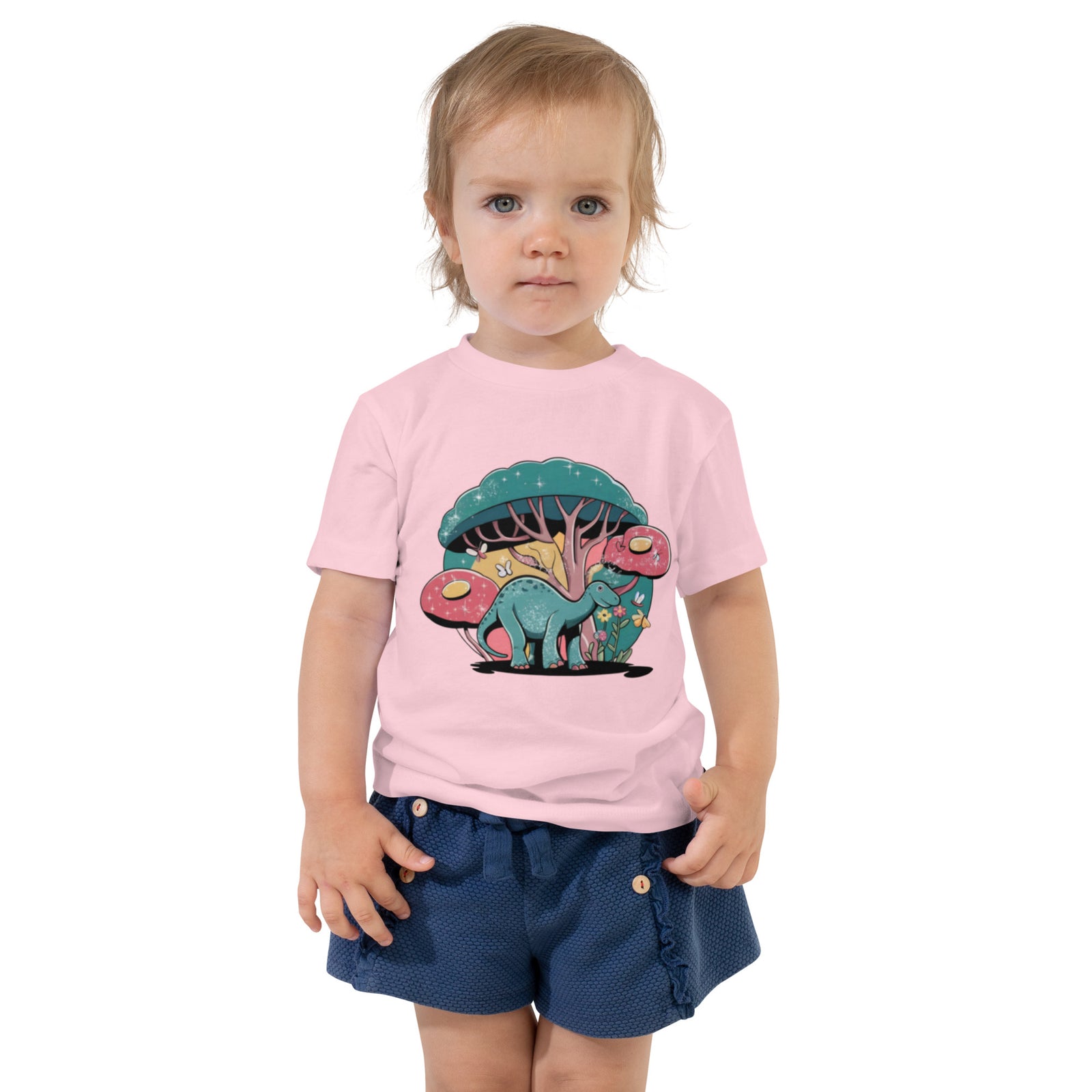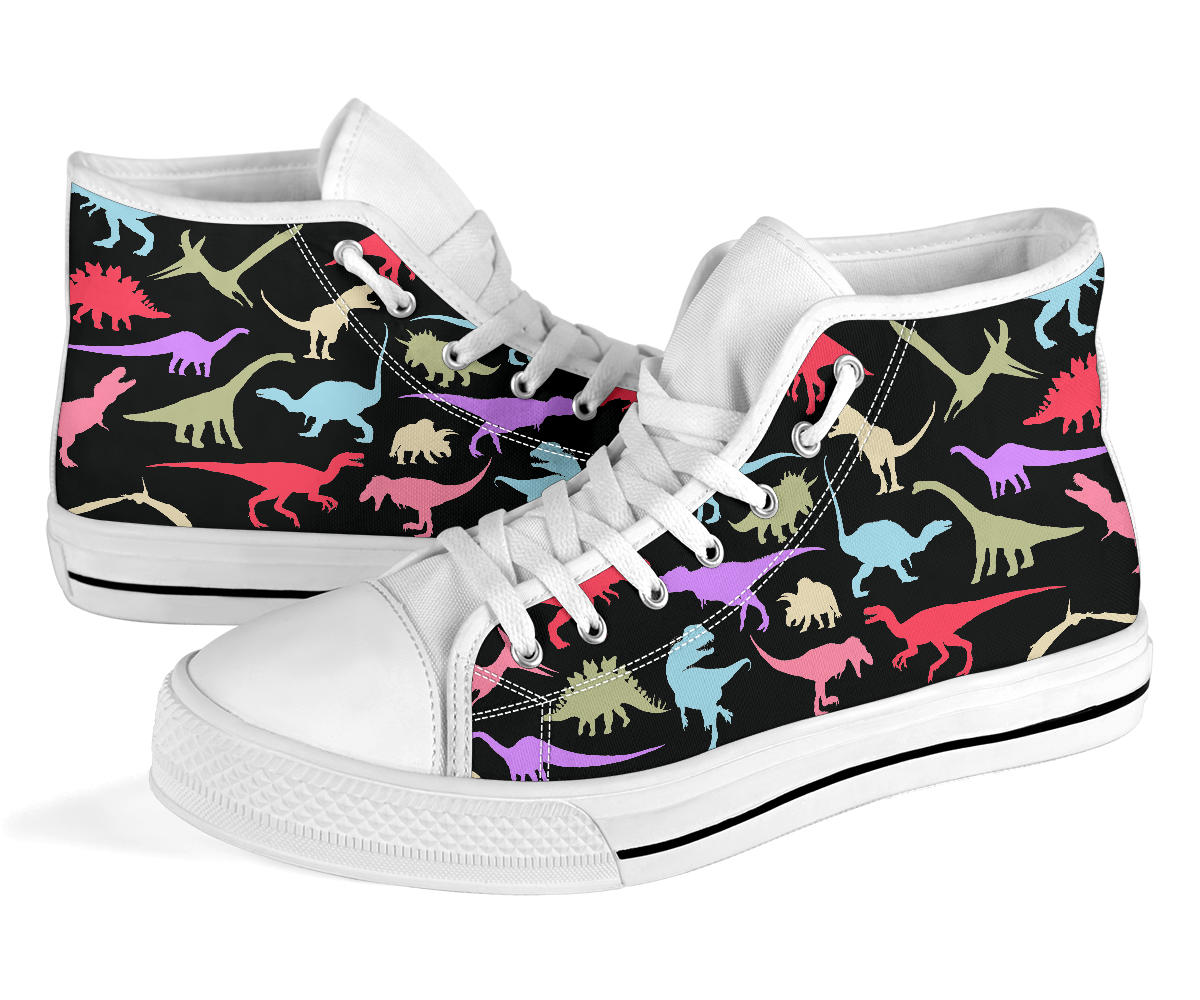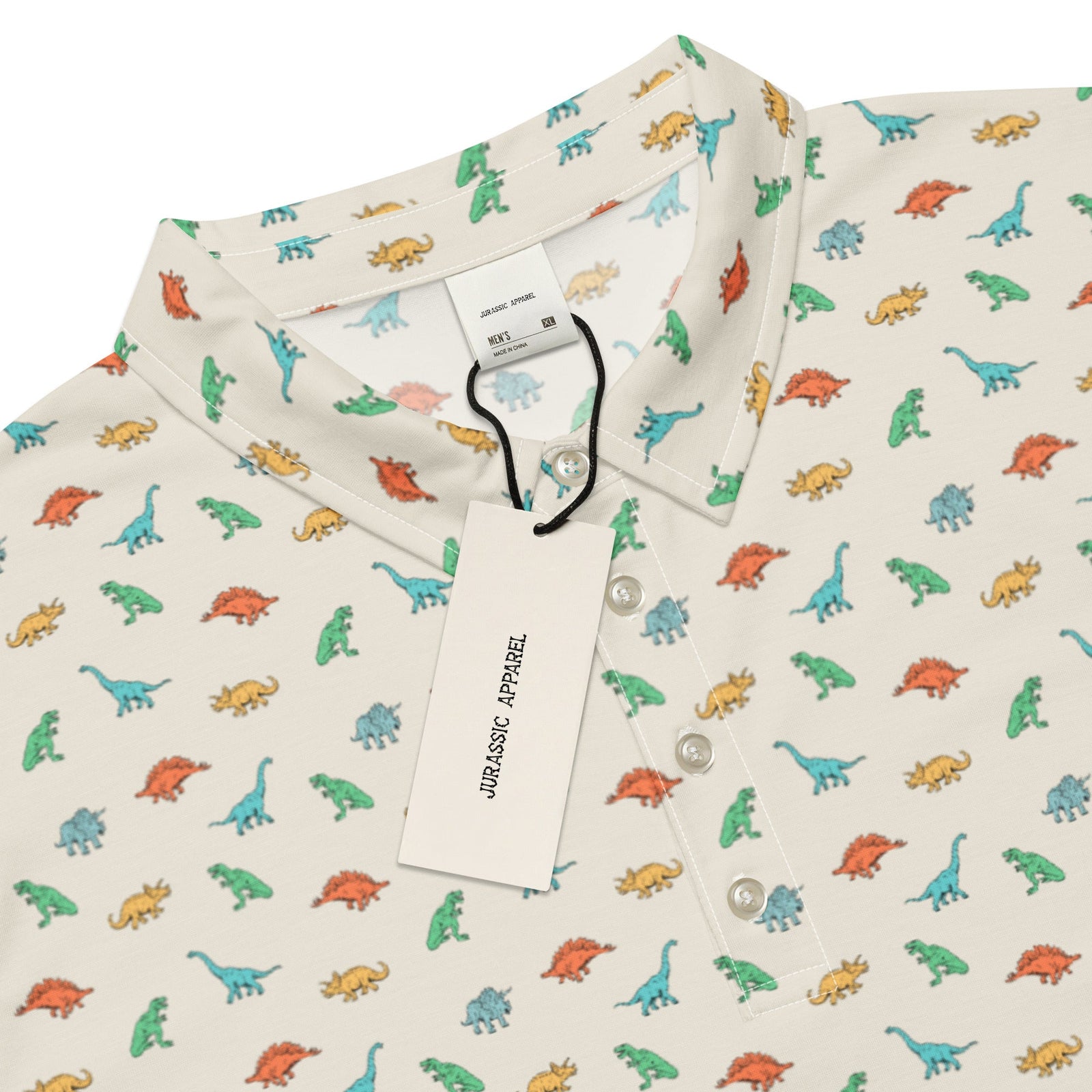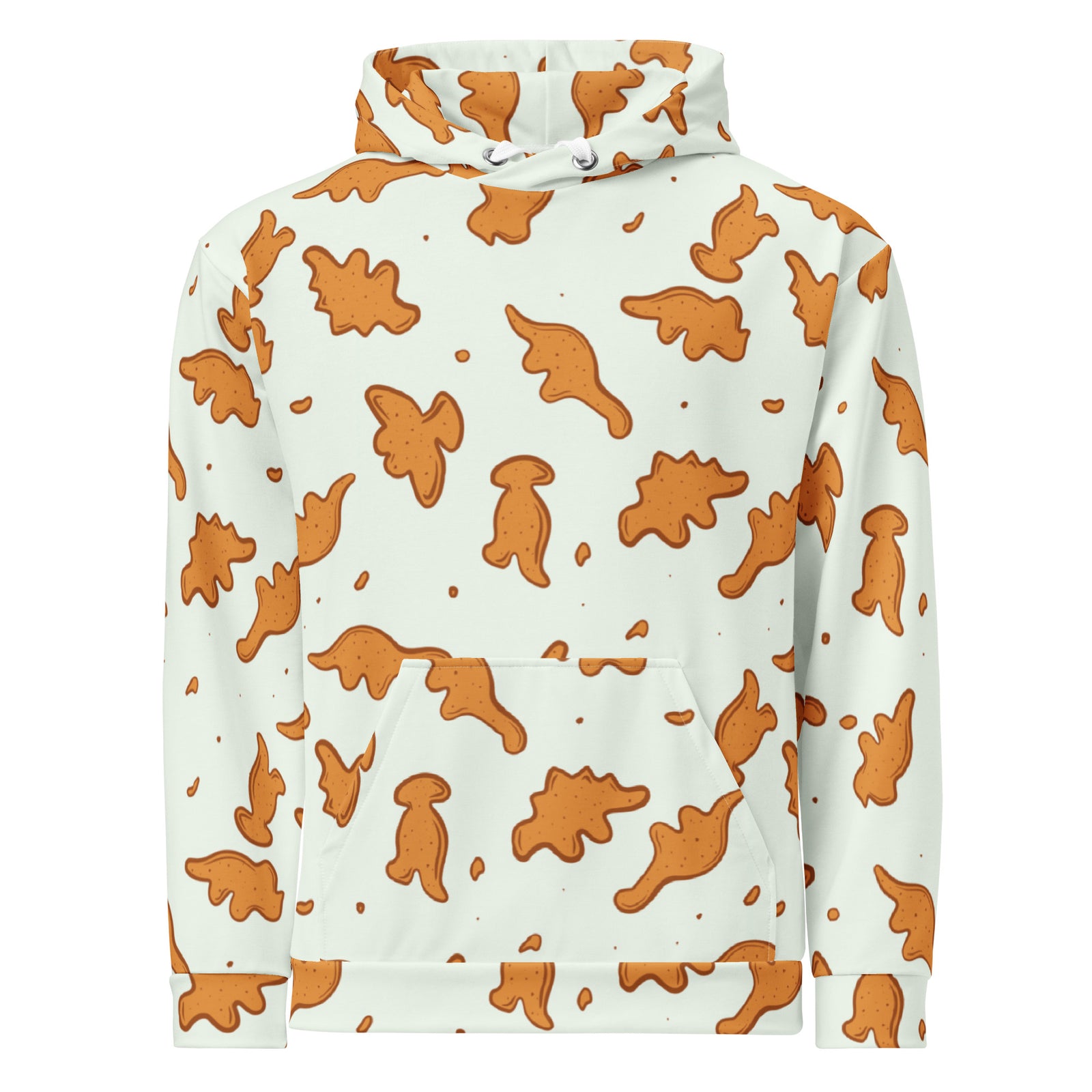Free Shipping On Orders over $75
Free Shipping On Orders over $75
Women's
Men's
Kids
Baby/Toddler
Accessories
Supersaurus
August 15, 2024 3 min read

(AI Interpretation)
Supersaurus: The Giant of the Jurassic
Dinosaur Facts:
- Dinosaur Type: Sauropod
- Period: Late Jurassic
- Diet: Herbivore
- Length: Approximately 100 feet (30 meters)
- Height: Around 30 feet (9 meters) tall
- Weight: Estimated at 35-40 tons
- Notable Features: Long neck, large body, whip-like tail
Supersaurus for Kids
Meet Supersaurus! Supersaurus is a gigantic dinosaur that roamed the Earth during the Late Jurassic period, around 150 million years ago. Known for its impressive length and massive size, this dinosaur is often depicted as one of the longest land animals to ever exist.
What did Supersaurus look like? Imagine a creature with a long, graceful neck that could stretch high into the trees, and a tail that could whip through the air like a giant whip! Supersaurus had a long, slender body that was supported by thick, strong legs, perfect for supporting its enormous weight.
What did Supersaurus eat? Supersaurus was a herbivore, which means it only ate plants. It likely fed on high treetops, munching on leaves and foliage that other dinosaurs couldn't reach, taking full advantage of its long neck.
In-Depth Look at the Supersaurus
Anatomy and Physical Features Supersaurus is notable for its extremely long neck, which made up nearly half of its total body length. Some estimates suggest it could reach up to around 30-33 meters long, making it one of the largest dinosaurs discovered. Its long limbs allowed it to maintain balance, while its large, whip-like tail helped in communication and defense against predators.
Behavior and Habitat Primarily found in what is now North America, Supersaurus inhabited floodplains and forested areas. It is thought to have lived in herds, which would have offered protection against predators and provided social interaction. The herd behavior is commonly seen in modern-day herbivores, suggesting that Supersaurus may have had similar social structures.
Scientific Discovery and Research The first Supersaurus fossils were discovered in the 1970s, with significant discoveries in subsequent years that helped clarify its size and features. Ongoing research continues to reveal more about its anatomy and lifestyle, underscoring how paleontologists pieced together its existence from limited fossil records.
Social Behavior and Feeding Techniques As a herbivore, Supersaurus did not hunt but rather browsed on vegetation. Its long neck was an evolutionary advantage, allowing it to reach food that others couldn't, thus minimizing competition with other herbivores during its time. In herds, Supersaurus likely communicated using low-frequency sounds, similar to elephants today.
Supersaurus in Popular Culture Supersaurus has made appearances in various documentaries and films that showcase the Jurassic period and its diverse inhabitants. Its massive size and distinctive features have captured the imagination of dinosaur enthusiasts and filmmakers alike, often portrayed as one of the gentle giants of the prehistoric world.
Ongoing Research and Discoveries New fossil discoveries and advances in technology are continually providing insights into the life of Supersaurus. As paleontologists continue to explore further fossil sites in North America, we can expect to learn even more about how these magnificent creatures lived and thrived during their reign on Earth.
Conclusion Supersaurus remains one of the most fascinating dinosaurs from the Jurassic period, intriguing both children and adults alike with its immense size and unique adaptations. As research continues to evolve, so too does our understanding of these colossal creatures, allowing us a glimpse into a world that existed millions of years ago.


